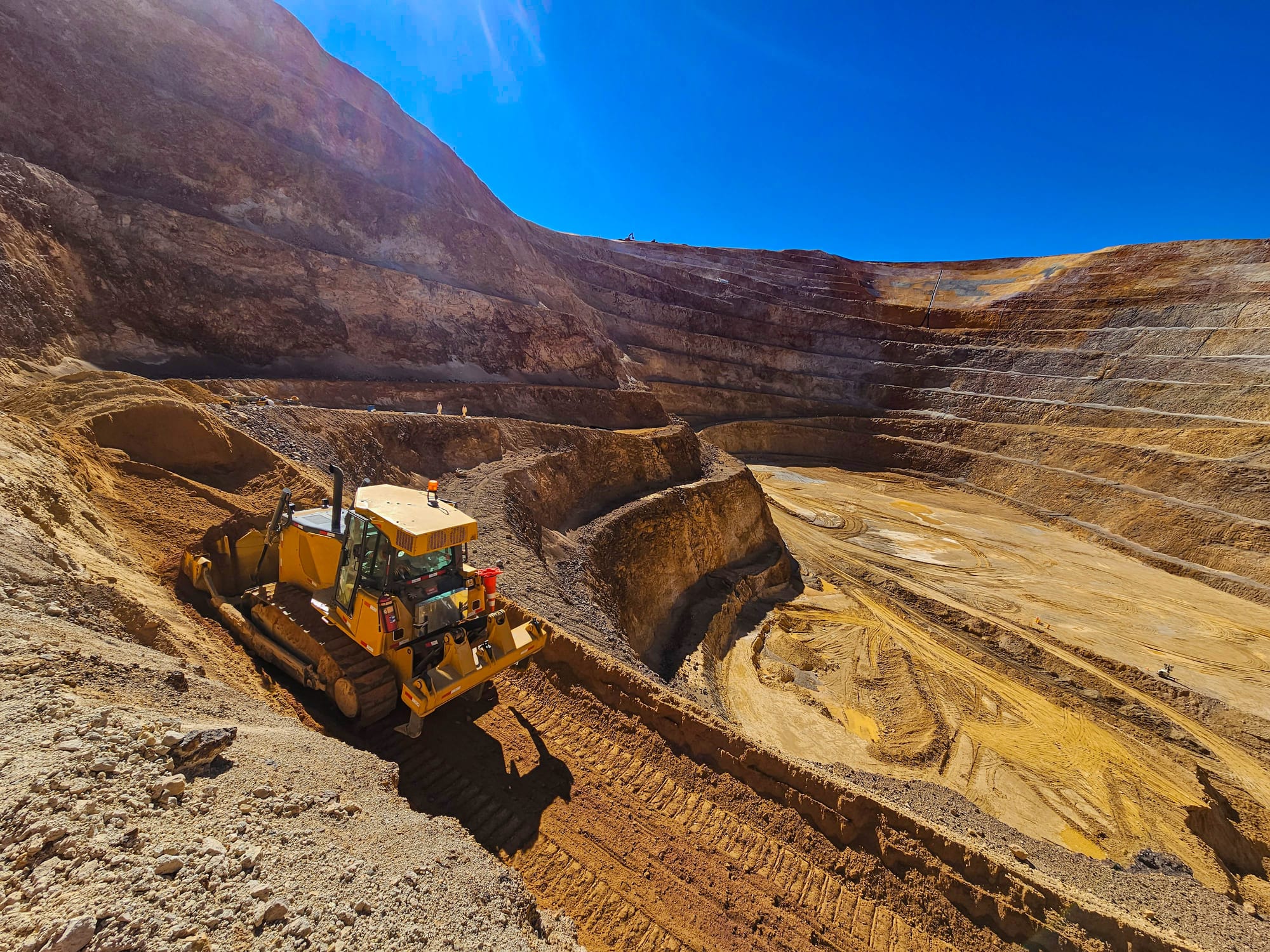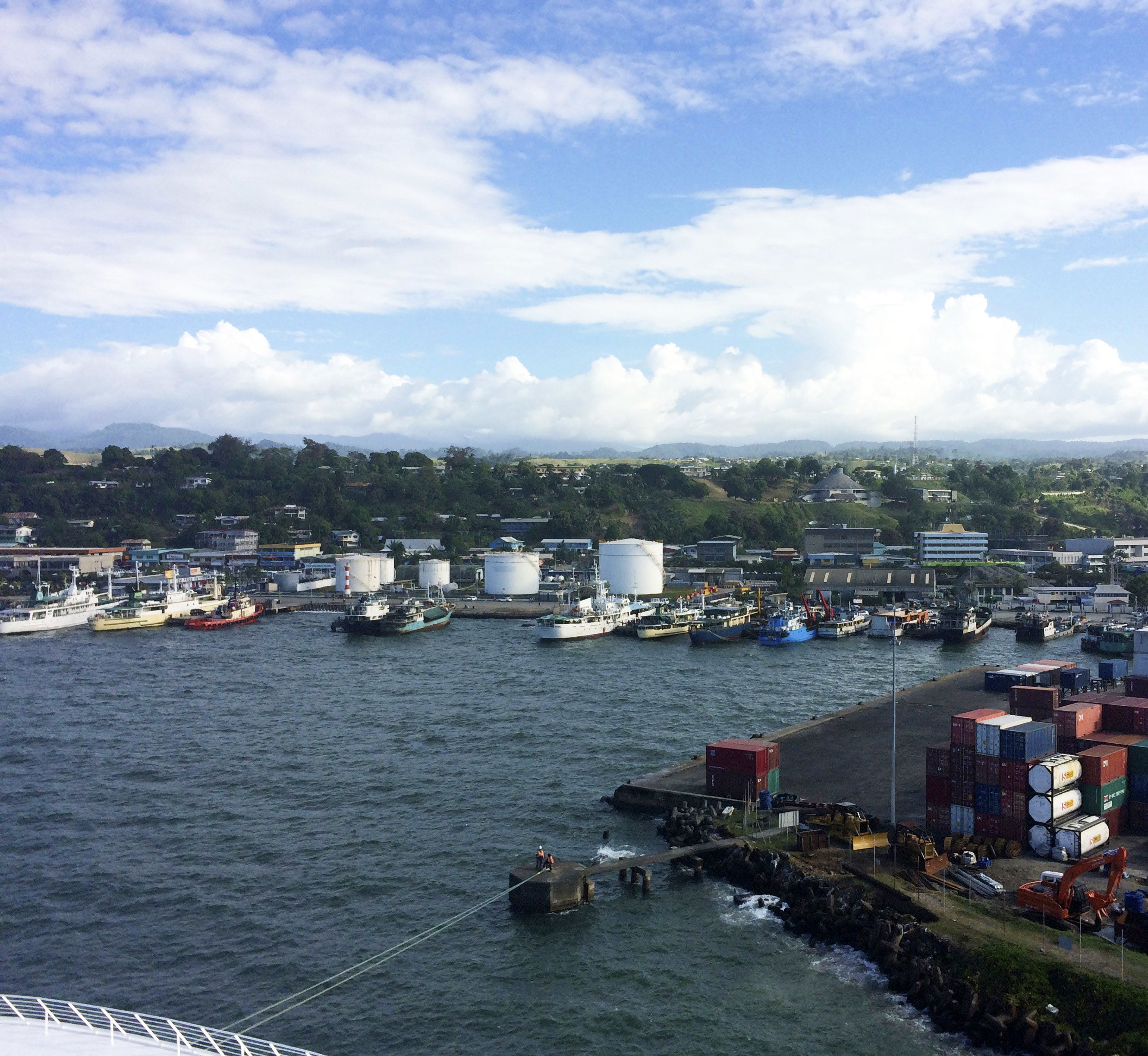Mining

Relevance
Mining represents 1.9% of Solomon Islands’ GDP (about US$30 million) but contributes significantly to external trade, accounting for 28.6% of total exports in 2024 (second largest sector after forestry). Gold leads with 12.9% of exports, followed by precious metal ore at 10%, and nickel ore at 5.7%.
The country is endowed with substantial deposits of gold, bauxite, and nickel, as well as promising offshore deep-sea mineral resources that have already attracted international exploration interest. In 2022, gold production reached 546 kilograms, almost doubling from 293 kg in 2021, while bauxite output stood at 842,000 metric tons in 2020.
Beyond revenues, mining offers a vital pathway for economic diversification as the logging sector declines. It has the potential to attract large-scale investment, expand infrastructure in rural provinces, create new jobs, and strengthen fiscal stability—positioning it as a cornerstone of Solomon Islands’ long-term development strategy.
Policy framework
- The National Development Strategy (2016–2035) identifies mining as a priority resource sector, emphasizing its role in sustainable growth, rural employment, and infrastructure development, while calling for stronger licensing, environmental assessments, and community participation.
- The Investment Policy & Strategy (2023–2043) highlights mining as a priority sector for investment, encouraging joint ventures with credible international partners to ensure responsible extraction and long-term community benefits.
- The National Minerals Policy (2017–2021) underscores sustainability, transparency, and social inclusion—seeking to avoid the mistakes of the logging industry by aligning mining with international best practices such as the IFC Performance Standards and the UN Sustainable Development Goals.

Investment opportunities
- Gold production & expansion: Expansion of the Gold Ridge Mine (Guadalcanal), expected to generate SBD 7.5 billion annually. Opportunities to reopen dormant gold projects and expand exploration in new provinces.
- Nickel & bauxite: Projects such as the Kolosori and Jejevo Nickel Projects highlight strong interest in laterite nickel. Bauxite exports remain significant (842,000 metric tons in 2020), with potential for resumption and expansion under improved governance.
- Offshore / deep-sea minerals: The Solomon Islands’ vast EEZ presents frontier opportunities in cobalt, rare earths, and polymetallic nodules, critical for green technologies.
- Mining services & infrastructure: Growing demand for exploration, environmental assessments, logistics, tailings management, and supporting infrastructure. Potential for local processing and value addition through refining and semi-processing hubs.
- Community partnerships & responsible mining: Joint ventures with landowners and provincial governments offer sustainable, inclusive models. Strong demand for green mining technologies, renewable energy use, and site rehabilitation services.